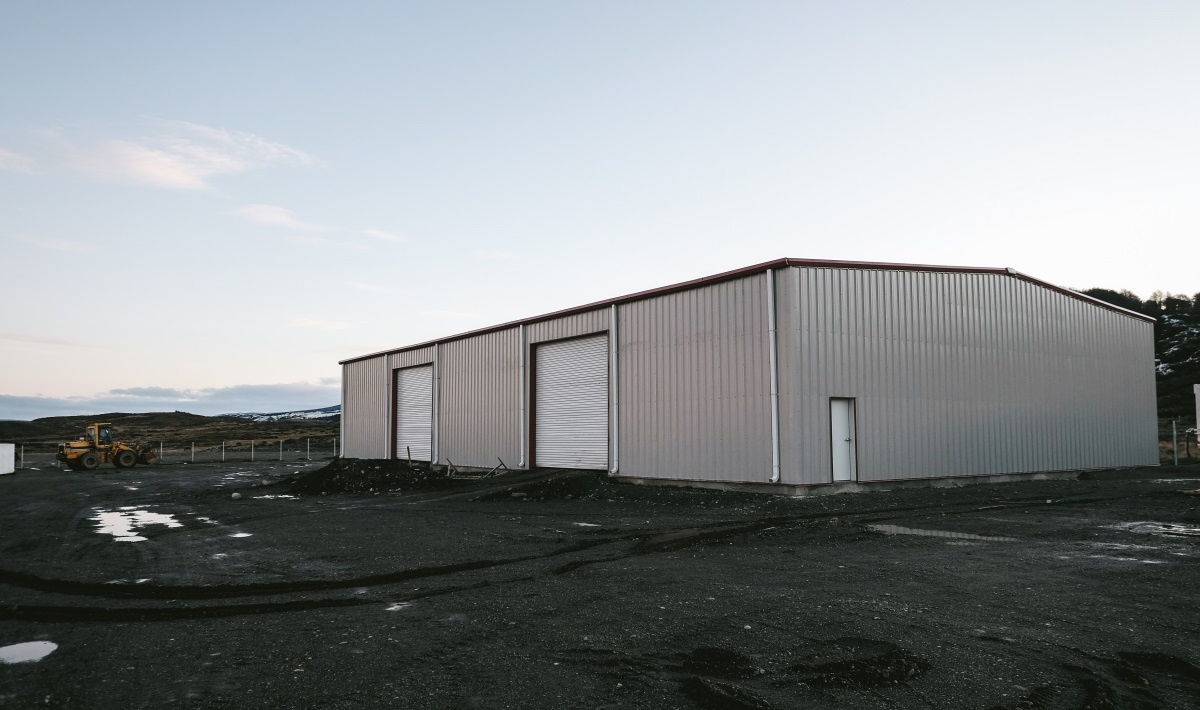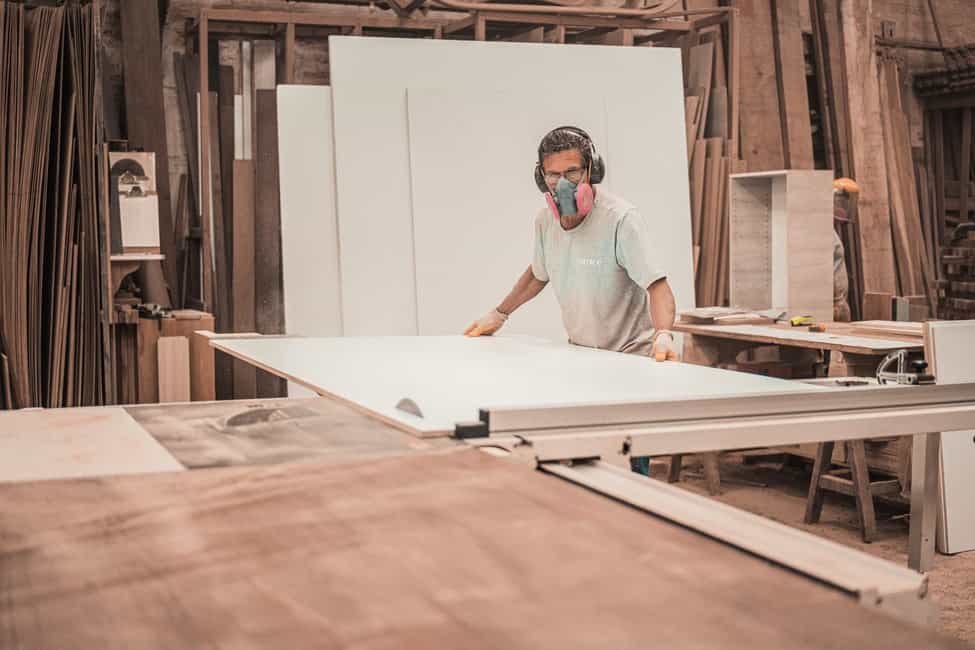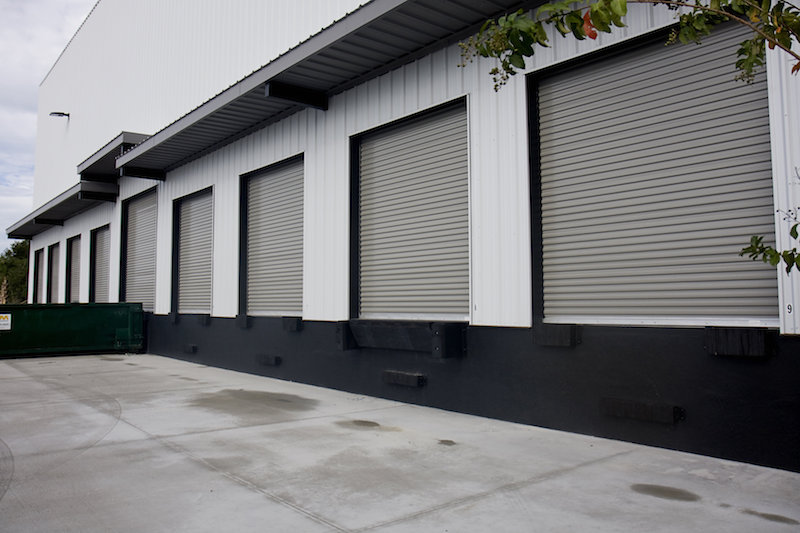 Which material should you choose for a storage building? It’s essential to choose the right shed for your equipment, storage, or vehicles. Noting the differences between these materials is advantageous when making the proper decision. Both materials have several advantages and disadvantages. It all boils down to your classified needs, budget, and personal preference.
Which material should you choose for a storage building? It’s essential to choose the right shed for your equipment, storage, or vehicles. Noting the differences between these materials is advantageous when making the proper decision. Both materials have several advantages and disadvantages. It all boils down to your classified needs, budget, and personal preference.
Think about your needs. When choosing the right material for your building, many possible options cater to your demands like steel or wood. Should you choose a metal building to keep equipment or a classic wood? Why should you choose steel? Compare the steel and wood for a moment.
Metal Buildings
Metal buildings or steel buildings consist of steel or galvanized aluminum. They are often used for garages, workshops, aircraft hangars, barns, gymnasiums, stables, and shops. They are often used for residential homes too, as long as they are insulated efficiently and finished with drywall.
Benefits of Steel Buildings
Steel is flexible material, customizable, strong, and durable. Steel can also last a long time while resisting weather.
Structural steel is a robust ally made of iron and different amounts of carbon. It’s structurally about 1,000 times stronger than the purest form of iron. It’s the ideal option for building tough buildings exposed to little damage over time.
The structural integrity can withstand harsh climates. It can withstand pressure and stress manifested by human use and environmental conditions. Coating its parts with zinc and galvanized steel can make the building stronger. It also aids in retaining structural integrity.
Wood Buildings

A wooden building is commonly used in both urban and rural areas. Traditionally made of wood, they are warm, comfortable, easy, and inviting. They are often used to construct homes in the US and Canada. And they achieve a cabin look and feel. Wood buildings’ surfaces are porous and prone to humidity and moisture. The moisture and humidity can damage the building’s structural integrity over time. And, it’s not as strong as metal.
Benefits of Wood Buildings
Unlike steel, wood doesn’t require interior finishes. Wood is already insulated naturally. Its aesthetic shows warmth and inviting exteriors.
Is Metal Better for Building?
Metal offers many advantages and disadvantages. Constructing with wood isn’t always the most cost-efficient option for construction over time. Wood is one of the most traditional choices. Wooden buildings are good insulators. However, it can be susceptible to moisture, fire, and pests. These risks make wooden buildings more vulnerable to decay.
Resistance and Durability
Metal is naturally more resistant to elements in contrast to wood. Wood is more prone to attract insects and bugs. And prone to rotting if it’s not maintained or poorly crafted.
Steel buildings repel insects and rotting. There might be the occasional insect habitat like spider webs or wasp’s nests, but it doesn’t attract insects as wood does. Over time, the steel may rust and corrode under wet environments. Rust and corrosion can be avoided by adequately caring and maintaining the steel material. Metal offers longevity that wood can’t match.
In terms of durability, metals are designed to endure any climate, with proper maintenance. They are built for snow, rain, wind, etc. Buildings from metal material will virtually be impervious to fire, rot, mold, moisture, and pest damage. Say an earthquake strikes, there’s a chance that the wood building’s integrity is compromised. Then, it leads to big or small structural damages and pricey repairs. Steel frames can move a little, but it absorbs the force of the earthquake.
Because metals are pre-finished materials, they are consistent and uniform. The uniformity of steel saves construction time compared to wood. It’s recommended to build a steel building on an elevated area that provides good drainage.
A metal building is self-supporting. The main framework provides ample support to the whole structure because its strength-to-weight ratio is high. It doesn’t require extra beams or pillars for support. This is why structural steel is used for constructing industrial and commercial buildings that need big, open interiors. Structural steel is the only metal or alloy that you can use to build structures without the need for interior support.
Price
Metal is more affordable. Meanwhile, pre-fabricated metal can easily be assembled. It cuts down on your expenses and labor significantly. There are different styles and designs to choose from. If your budget is a little tight, it would be more economical to choose a metal building. It’s also the more cost-efficient choice since metal buildings are naturally modular, and adding more storage space would be more comfortable in the future.
In contrast, wooden buildings tend to be more on the pricey side. The material is not cheap. It can be customized, and it adds to the costs. Wood requires an annual check-up for protection from harmful elements. The maintenance requirement for wooden buildings adds to its lifetime costs.
Metal is more cost-efficient because the cost as a whole is half compared to wooden construction. The money doesn’t go out of the window every year when you choose metal.
Maintaining the Material

When it comes to maintenance, metal requires little to none. Many manufacturers of the metal building have warranties for parts and roofing that extends exponentially. Wooden buildings require maintenance like re-roofing every 15 years on average compared to a metal building with roof warranties that last for 40 ears. Although there are disadvantages that metal can bring, like rust or corrosion, it isn’t as time-consuming or expensive as wood repairs. Steel is very easy to maintain and clean. If the steel is properly treated with the proper paint and coatings, it will have a longer lifespan.
Wood breaks down over time, even if you take the utmost care for it. Metals are built to last longer.
Insurance
Steel building owners benefit from a lot of savings and insurance price cuts. Steel is less expensive to insure because it’s less risky than wood. Wood’s vulnerability to elements like insects, fires, and seismic occurrences makes it more costly to insure. There’s also the worker’s insurance factor during construction. It costs more than steel since wooden buildings take longer to build.
Sustainability
Steel is also a ‘green product.’ This means that it’s eco-friendly and sustainable. If material sustainability and practices are factors you consider great, you’ll love steel materials. Using steel contributes to resource preservation. Research shows that traditional 2,000-square feet. Home requires almost an acre of trees to finish the job compared to the scrapped metal from six cars used to build an evenly sized home with steel.
A pre-painted or granular-coated steel reflects solar energy and re-emits the absorbed heat 50% more than other materials like wood. The energy efficiency steel saves 40% on cooling and heating costs.
Many steel building parts are made from recycled pre- and post-consumer products. With that, it can continue to be recycled towards the end of its lifespan.
Because of its longevity and sustainability, steel is a better option for sustainable structures. A well-executed steel building is convenient and more affordable than alternative structures.
Aesthetics and Customization
You’re probably thinking, “it’s just another plain boxy warehouse, boring and drab.” Don’t let steel scare you with this because it doesn’t have to look like a steel building.
Buildings with metal have a terrible reputation in terms of its outer appearance. But, the initial construction of a metal building is left to the imagination. The metal materials for buildings aren’t easy to customize. However, metal building kit manufacturers are quickly progressing and creating structures that look more attractive traditionally on the exterior. These attributes appeal to businesses, homeowners, and the agricultural industry.
You can paint your metal building in a variety of colors. You can even add vinyl sidings, brick facades, and wood veneers to achieve the significant look you desire. The roofing products are designed to look like tiles or traditional shingles. So, how you use the metal shed or storage building can fit in with its surrounding architecture.
Land
Besides, it increases the value of your land over time. A land with a steel building is more appreciated, and if you decide to sell the land, its value has most likely increased.
Ultimately, a steel building is a long-term solution to your needs regarding construction. It will cost less over time. Steel or metal materials aren’t the cheap, dented, and thin materials you might be thinking about. The materials discussed are the high-quality heavy gauge metal with protective coatings. They are often purchased directly from the manufacturer to customize to your location, needs, and climate.
Before constructing a building, note the factors mentioned above. Steel is a robust alloy that is self-supporting. That means it has good structural integrity. It can withstand harsh climates and weather conditions. They deal with moisture, pests, and heat well. They can be reused without the properties being compromised. They are more affordable and cost-effective. It takes little time to construct. Lastly, structural steel lasts a long time.
Metal structures outperform alternative structures like wooden buildings. It beats wooden structures by a landslide.

